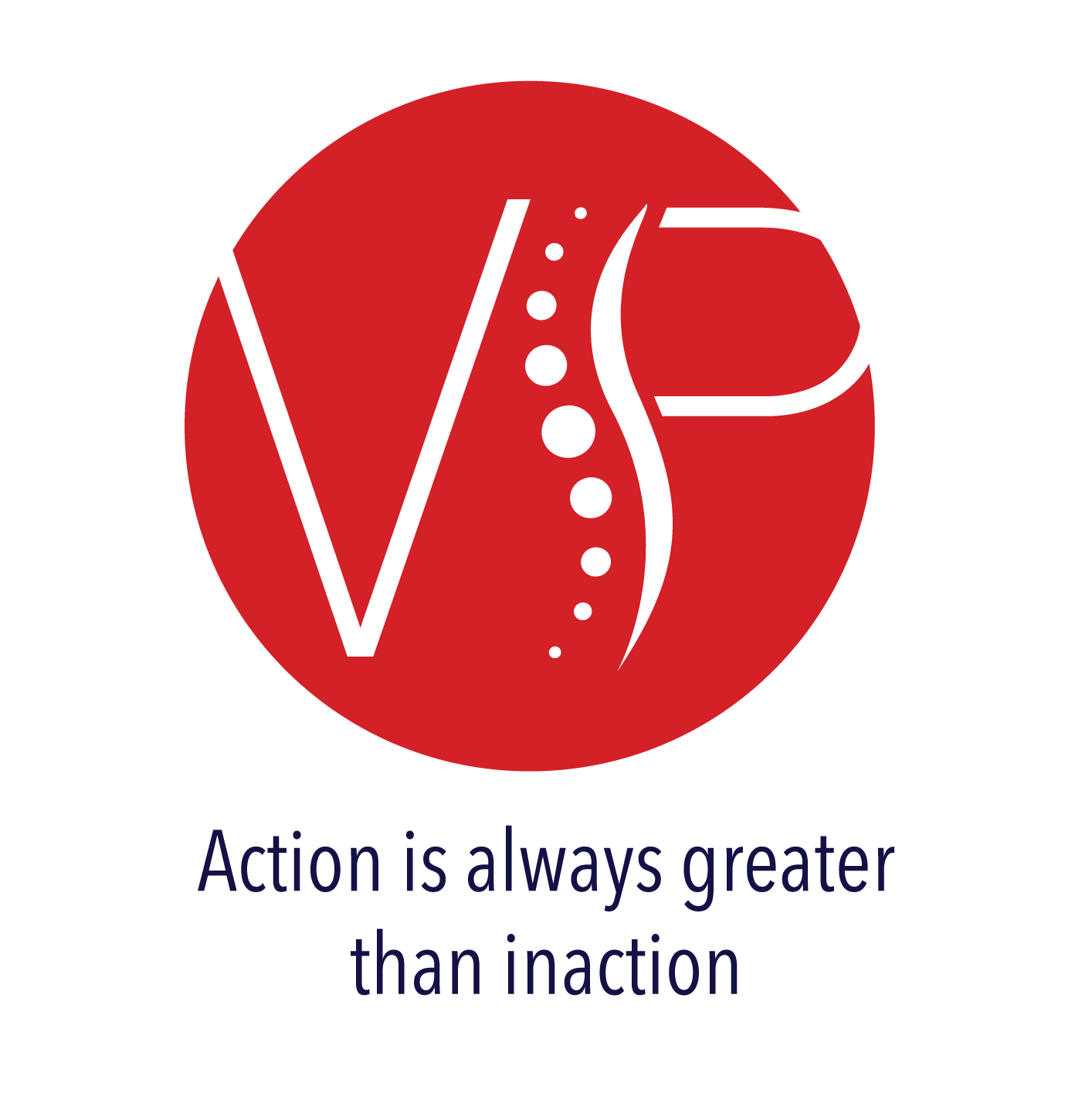Crucial advice for the Great North Run in 2024
admin
February 16, 2025

5 Simple Tips to Ensure You’re Ready for the Great North Run
1. Prioritise Rest and Recovery
As race day approaches, giving your body ample time to rest and recover is crucial.
Avoid any intense workouts or long runs in the last week before the Great North Run.
Instead, focus on lighter activities like walking or gentle jogging. This helps to prevent overtraining and reduces the risk of injury.
Good quality sleep is also vital, as it aids in muscle repair and overall recovery.
2. Hydrate Well
Proper hydration can significantly impact your performance.
In the days leading up to the Great North Run, drink plenty of water to ensure your body is well-hydrated.
Avoid excessive caffeine and alcohol, as they can dehydrate you.
On race day, sip water regularly to stay hydrated, but don’t overdo it—balance is key and the last thing you want is to need a bathroom break!
3. Fuel Your Body
Eating the right foods can give you the energy you need for race day.
Focus on a balanced diet rich in carbohydrates, proteins, and healthy fats.
Carbohydrates, such as whole grains and fruits, provide energy, while proteins help in muscle repair.
Avoid heavy, unfamiliar foods right before the race, and opt for a light meal that you know your body handles well.
4. Check Your Gear
Ensure your running shoes are in good condition and have been broken in.
Running in new or worn-out shoes can lead to discomfort and injuries.
Choose socks that are moisture-wicking to prevent blisters.
Also, consider the weather forecast for race day and dress in layers that can be easily adjusted.
5. Plan Your Race Day Strategy
Have a race day plan in place.
Arrive early to allow time for warming up and to get familiar with the start line.
Set a realistic pace based on your training and try to stick to it.
Mentally prepare yourself for the race by visualising a successful run and staying positive.
6. Try Simple Warm-Up Stretches
Hamstring Stretch
Steps:
- Stand with your feet hip-width apart.
- Extend one leg straight out in front of you and rest your heel on the ground or a low step.
- Keeping your back straight, bend forward at the hips towards your extended leg.
- Hold the stretch for 20-30 seconds, then switch legs.
Benefits: This stretch targets the hamstrings, which are crucial for running. It helps to improve flexibility, reduce the risk of strain, and prepare your legs for the demands of running.
Calf Stretch
Steps:
- Stand facing a wall with one foot forward and the other foot extended back.
- Press the back heel into the ground while bending the front knee slightly.
- Hold the stretch for 20-30 seconds, then switch legs.
Benefits: Stretching the calves can help prevent tightness and cramping during the run. It enhances overall mobility and flexibility in the lower legs, which is vital for maintaining a smooth running form.
Hip Flexor Stretch
Steps:
- Kneel on one knee with the other foot in front, forming a 90-degree angle with both knees.
- Push your hips forward gently while keeping your back straight.
- Hold for 20-30 seconds, then switch sides.
Benefits: This stretch targets the hip flexors, which can become tight from running. Loosening these muscles helps to improve your stride and overall running efficiency, reducing the risk of lower back pain.


